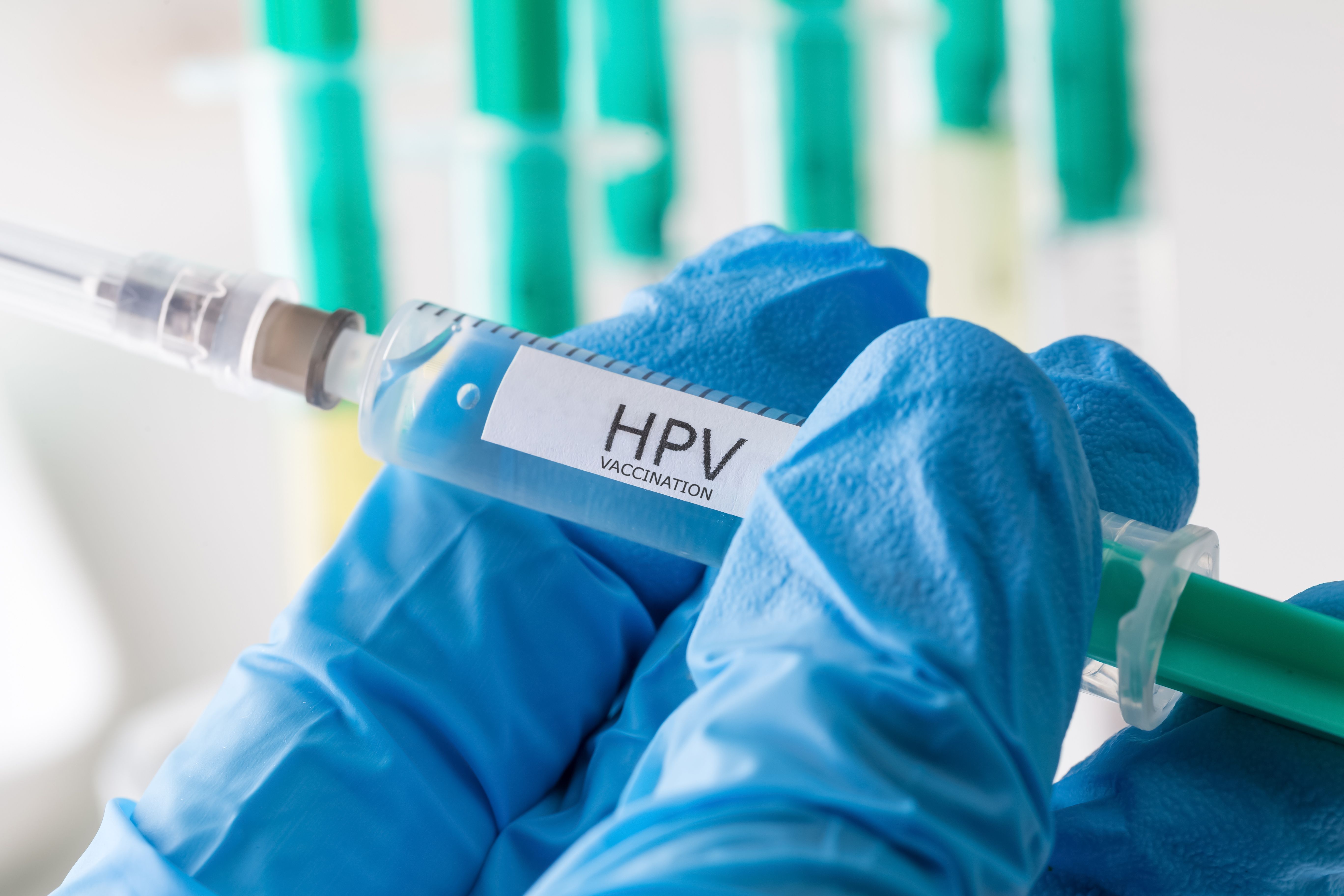Key takeaways:
- The study highlights that human papillomavirus (HPV) vaccination, particularly when administered to women under 20 years of age, is associated with a reduced risk of developing cervical intraepithelial neoplasia grade 3 (CIN3+) or cervical cancer.
- Surgical excision, while often recommended for CIN2, carries risks such as preterm birth. Active surveillance presents a viable alternative, especially in young women with reproductive plans, helping to reduce overtreatment risks associated with surgical interventions.
- Active surveillance, although effective, can induce anxiety and self-doubt. Therefore, identifying women at risk of progression is crucial for effective management.
- While HPV vaccination shows promise in reducing CIN2 or CIN3+ risk, further research is warranted to fully understand its impact and optimize its integration into cervical cancer prevention strategies.
- The study underscores the importance of age at vaccination, with significantly reduced CIN3+ risk observed among women vaccinated under 15 years old compared to those vaccinated between 15 and 20 years old. Age at vaccination may serve as a key factor in risk stratification for CIN2 progression.
The risk of cervical intraepithelial neoplasia grade 3 or cervical cancer (CIN3+) is reduced by vaccination when aged under 20 years and active surveillance for cervical intraepithelial neoplasia grade 2 (CIN2), according to a recent study published in the American Journal of Obstetrics & Gynecology.
Surgical excision is often recommended in women with CIN2 to reduce cervical cancer risk, but this treatment is associated with an increased risk of preterm birth and a high rate of CIN2 regression. Active surveillance is available as an alternative management method in many countries to reduce overtreatment risk.
Active surveillance has been associated with anxiety, insecurity, self-doubt, and an increased risk of CIN3+. This indicates a need to determine women at risk of progression. Human papillomavirus (HPV) vaccination may be associated with reduced risk of CIN2 or CIN3+, but further data is needed.
To determine whether CIN3+ risk is reduced among women receiving active surveillance for CIN2 who received an HPV vaccine, investigators conducted a nationwide, population-based cohort study. The study was conducted in Denmark, where women aged 23 to 64 years have been invited for cervical cancer screening every 3 to 5 years since 2007.
Active surveillance is recommended in women of reproductive age with CIN2 wanting a future child. Those without future pregnancy desires are recommended to choose between active surveillance and surgical excision.
Women diagnosed with incident CIN2 while aged 18 to 40 years from January 1, 2007, to December 31, 2020, receiving active surveillance were included in the analysis. Active surveillance was defined as cervical cytology or cervical biopsies collection occurring within 10 months following CIN2 diagnosis.
Exclusion criteria included loop electrosurgical excision procedure (LEEP) at first visit within 10 months after CIN2 diagnosis, prior record of CIN2+, hysterectomy, or LEEP, vaccination under 1 year before CIN2 diagnosis, vaccination after CIN2 diagnosis, and missing data.
At least 1 dose of HPV vaccination 1 year or longer before CIN2 diagnosis was reported as the exposure. Data on vaccination was obtained from the Danish National Health Service Register and the Danish National Prescription Register.
CIN3+ development was defined as the primary outcome of the analysis, while CIN2+ was defined as the secondary outcome. Covariates included education level, income, age, emigration, vital status, and identification.
There were 7904 women included in the final analysis, almost half of whom had received the HPV vaccine. Vaccinated women were often younger than unvaccinated women, but other covariates did not differ between these groups. Of the vaccinated cohort, 17.5% received the first dose when aged under 15 years and 54.2% when aged over 20 years.
A decreased risk of CIN3+ was reported among women vaccinated when aged under 15 years and those vaccinated when aged 15 to 20 years vs those unvaccinated, with cumulative incidence functions (CIFs) of 22.9%, 31.5%, and 37.6%, respectively. This indicated a 35% reduced risk among women vaccinated below the age of 15 years vs those unvaccinated.
For woman vaccinated between the ages of 15 and 20 years, the risk was reduced by 14%. However, similar risks were reported between unvaccinated women and those vaccinated when aged over 20 years, with an adjusted relative risk of 1.02. Similar results were reported when stratifying results based on age at CIN2 diagnosis.
Cervical cancer was reported among 0.25% of the overall study population, 0.37% of the unvaccinated cohort, and 0.13% of the vaccinated cohort. When evaluating CIN2+ risk, a CIF of 36.6% was reported for women vaccinated before the age of 15 years, 45.7% between 15 and 20 years, and 54.9% unvaccinated.
These results indicate decreased CIN3+ risk among women vaccinated against HPV when aged under 20 years. Investigators concluded HPV vaccination status may be used in risk stratification for CIN2.
This article was initially published by our sister publication, Contemporary OB/GYN®.
Reference:
Krog L, Lycke KD, Kahlert J, et al. Risk of progression of cervical intraepithelial neoplasia grade 2 human papillomavirus–vaccinated and unvaccinated women: a population-based cohort study. Am J Obstet Gynecol. 2024;230:430.e1-11. doi:10.1016/j.ajog.2023.11.1235
